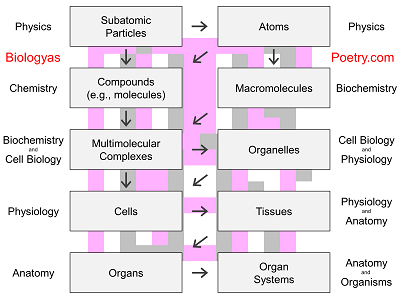∞ generated and posted on 2016.08.21 ∞
Living entity that is capable of both sequestering resources and reproducing.
Reproduction here is as in its most broadest sense, meaning to possess Darwinian fitness, that is, having hereditary material that either directly or, instead, indirectly contributes genes or at least contributes to contribution of genes to the next generation (see, that is, the concept of inclusive fitness). Organisms additionally are typically distinguished into separate species and possess a moderately well defined genotype as well as phenotype.
Organisms additionally are autonomous entities that are capable of passing on hereditary information toward the formation of other such entities, ones typically of very similar morphology and function to the parent entity, and, as populations, are capable of evolving in the sense of non-epigenetic hereditary material modification.
Organisms come in numerous types. All are capable of either gathering or stealing the materials as well as energy that they need to grow, repair, and duplicate themselves. All organisms also possess both genotype and phenotype, and all known organisms possess protein-based phenotype (viroids arguably are exceptional) along with nucleic acid-based genotype.

Figure legend: The components making up organisms as arranged hierarchically, starting from smallest as well as least inclusive and going up to larger components making up multicellular organisms. The terms found to the left and right are the scientific disciplines or subdisciplines that study the different levels that are depicted.
On planet Earth, known organisms are universally carbon based and, as noted, possess nucleic acids as their hereditary material as well as protein-based phenotypes. Cell-based life forms, as either unicellular or multicellular creatures, are unambiguously organisms. There exists some controversy over whether viruses, too, should be viewed as organisms. Plasmids, transposons, prions, and viroids generally are not considered to be organisms.